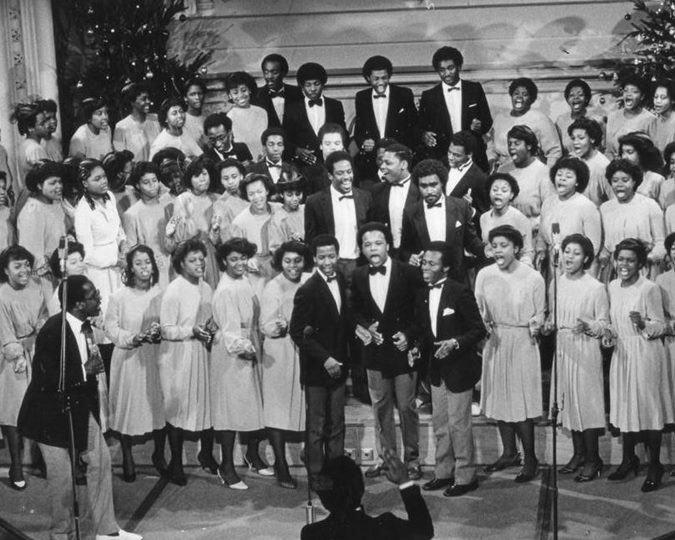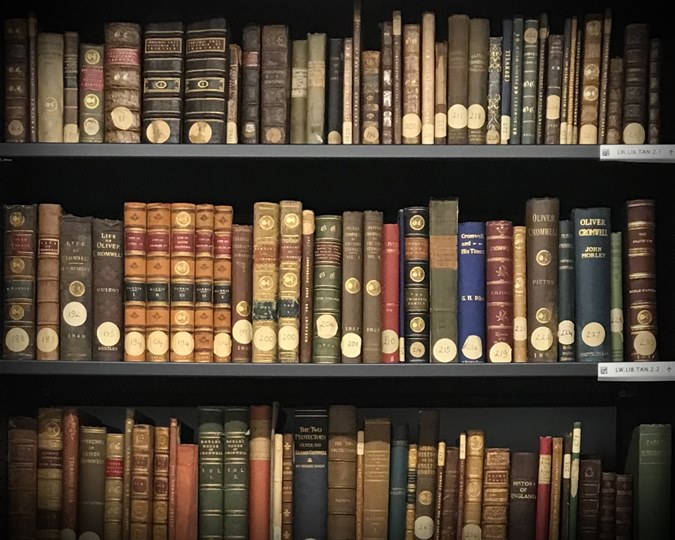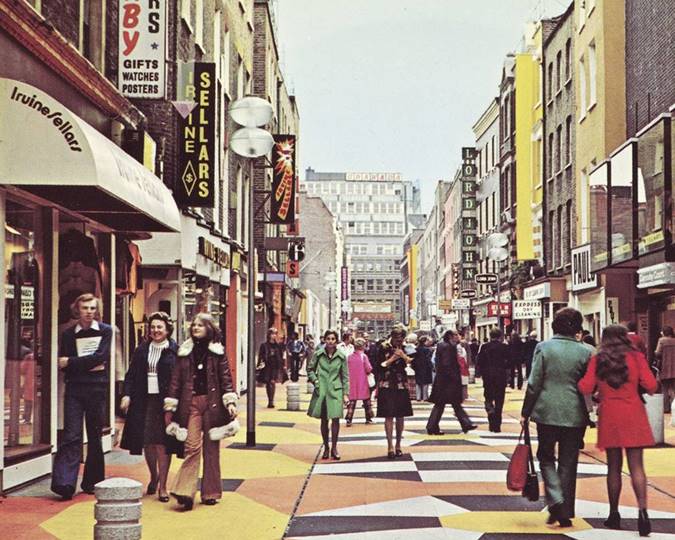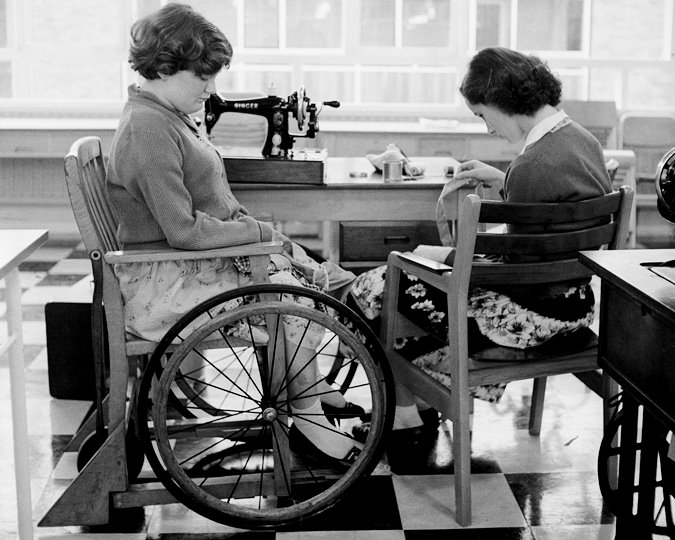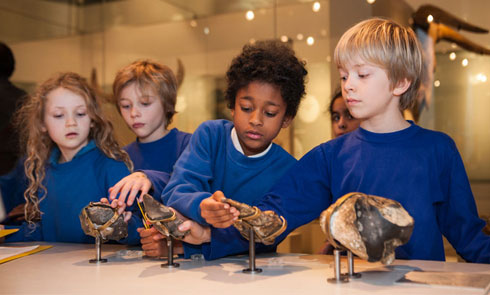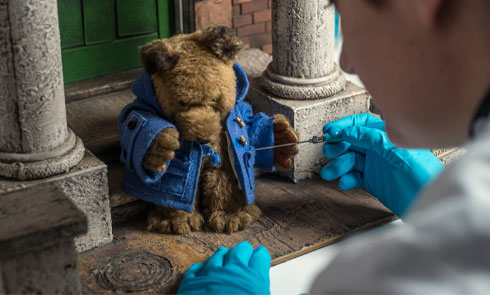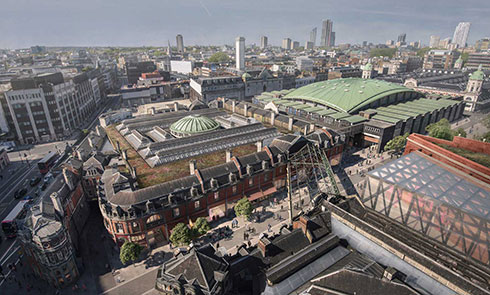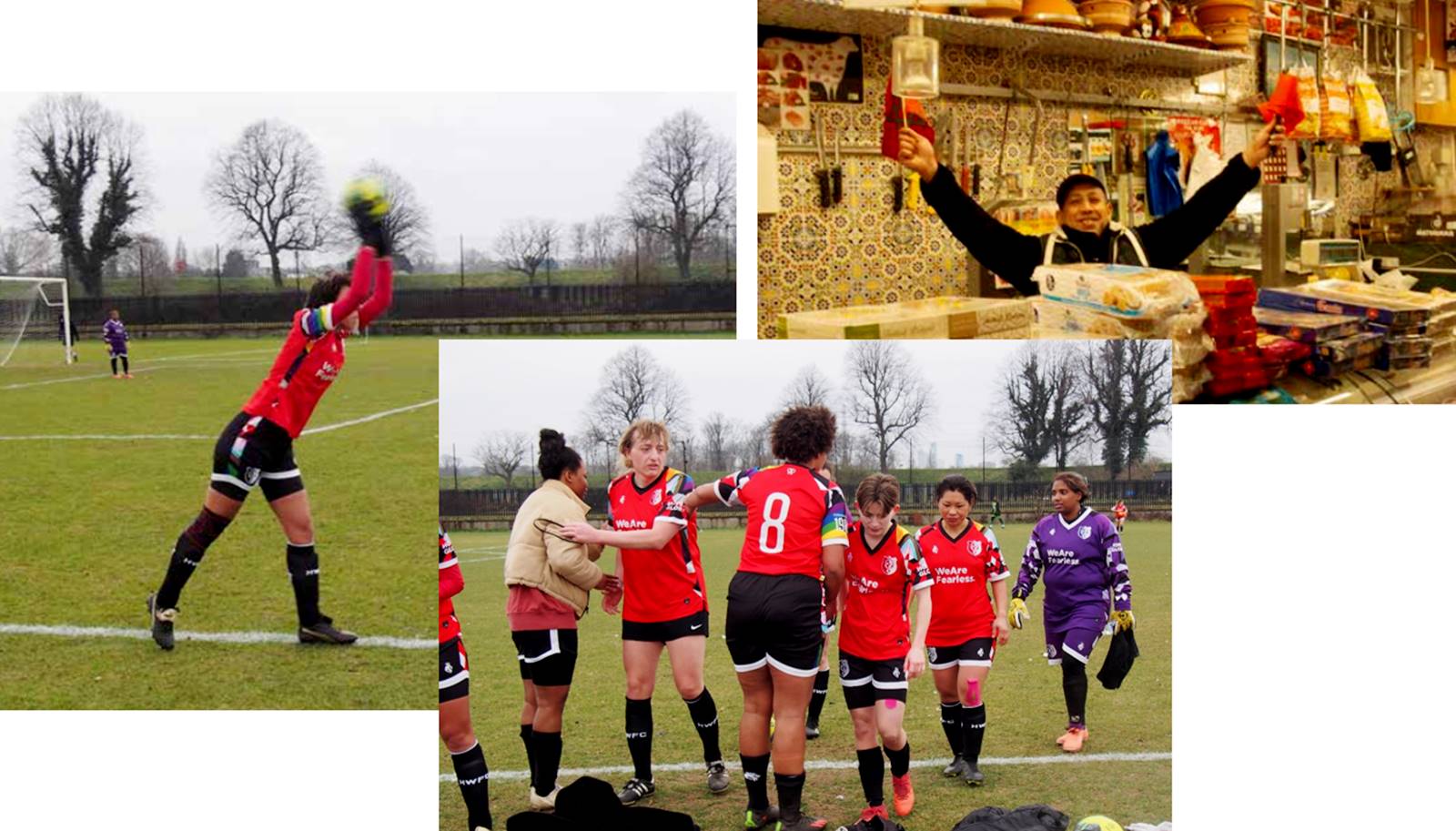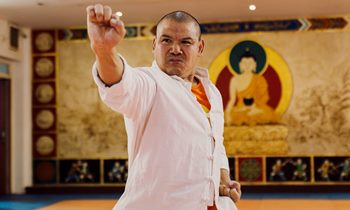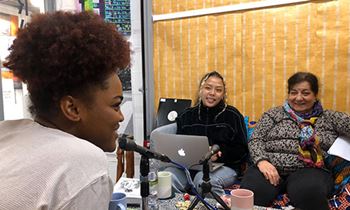Finding home in football: a report
How does London’s varied football spaces empower communities to forge a sense of “home” in the city? This collaborative report between the Museum of London and the Cambridge Heritage Research Centre explores this relationship between football, home and London.
London is home to people from all over the world for whom football plays an important part in constructing a sense of individual and community identity. It is this relationship between ‘football, home and the city’ that this report by researcher Josh Bland powerfully addresses. This research is the outcome of a collaboration between the Museum of London and the Cambridge Heritage Research Centre, University of Cambridge. The report brings in conversation ideas from Heritage Studies such as the relationship between heritage and identity, with contemporary curatorial debates about people’s lived experience represented by the Curating London programme.
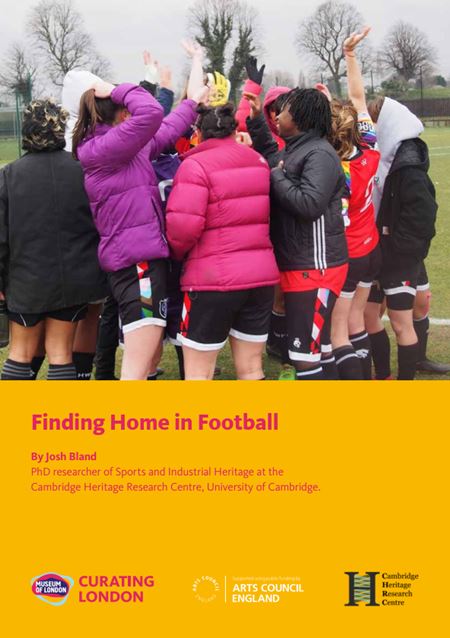
This study explores how London’s varied football spaces may empower communities to forge a sense of home in the city. It investigates the specific ways in which this sense of home may manifest across different football spaces and communities in London. In doing so, this project also attempts to articulate the multi-faceted nature and malleability of home and football spaces as operational concepts. To capture the breadth of London’s football communities, this research focuses on a “hat-trick” of case studies each pertaining to the three central ways in which Londoners may engage with football — as players, as spectators and as stakeholders. These are analysed in relation to Plough Lane (the historic home of AFC Wimbledon), a small set of pubs and social clubs connected to diasporic communities, which hosted screenings of matches during the 2022 World Cup, and Hackney Women’s FC — Europe’s first ‘out’ football team.
The interviews that Bland conducted with Hackney’s players
showed how a symbolic community has seemingly developed amongst the players
involved at the club. Activities such as the drinking sessions, casual
conversation, in-jokes, team-bonding seem to be the sinews which make Hackney
Women’s FC a home for its community of players. Crucially, this reinforces an
interpretation of home as “people who matter” rather than a specific physical
space.
Through this research, Bland attempts to answer three questions:
• Does football help different communities construct a (sense of) home in London? If so, how does this manifest?
• How do these conclusions contribute to the wider academic discussion around home more generally?
• What do the report’s results suggest about the future for public facing football-based research and curation around football in the museum sector?
To read the full report, download it here (1MB).

